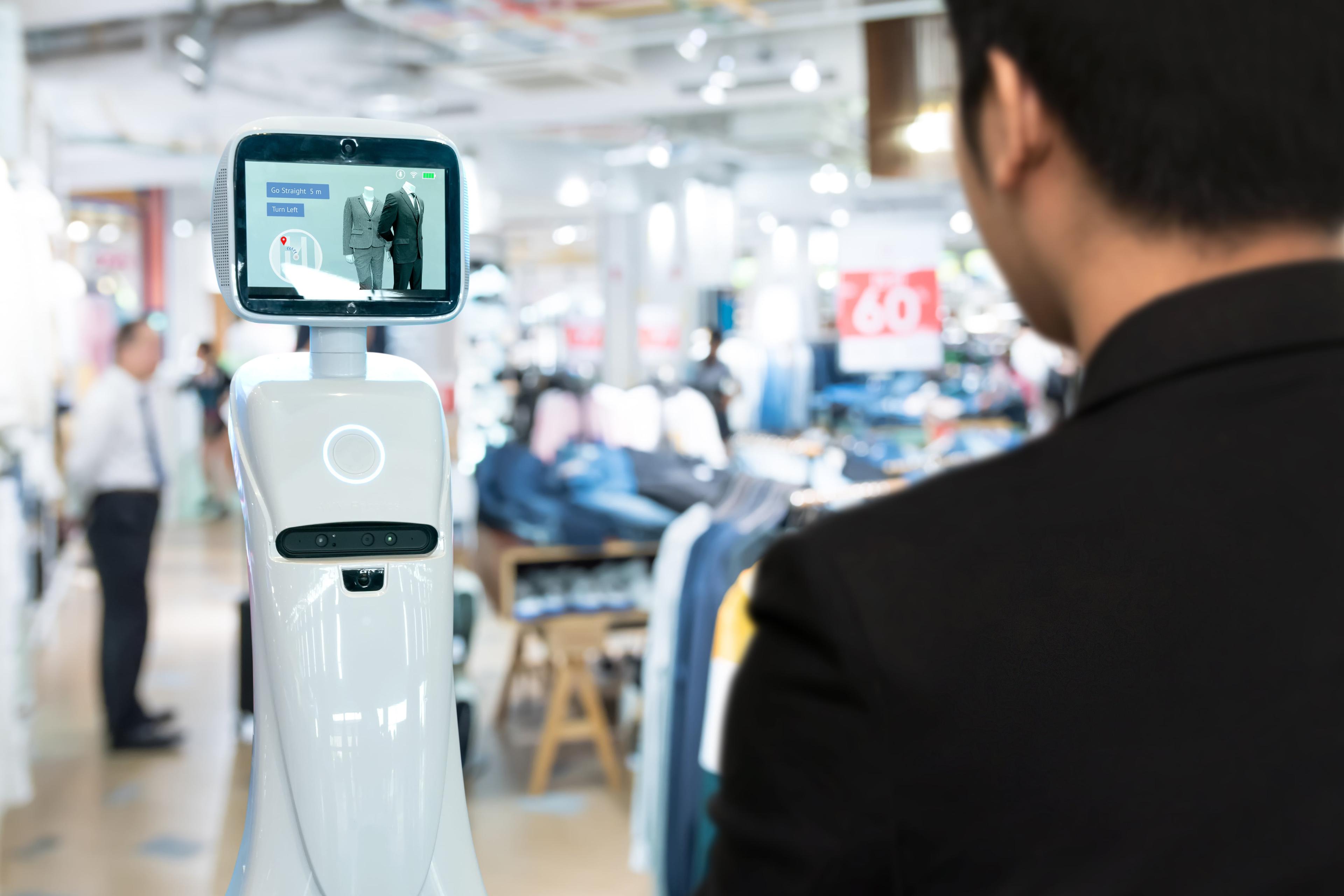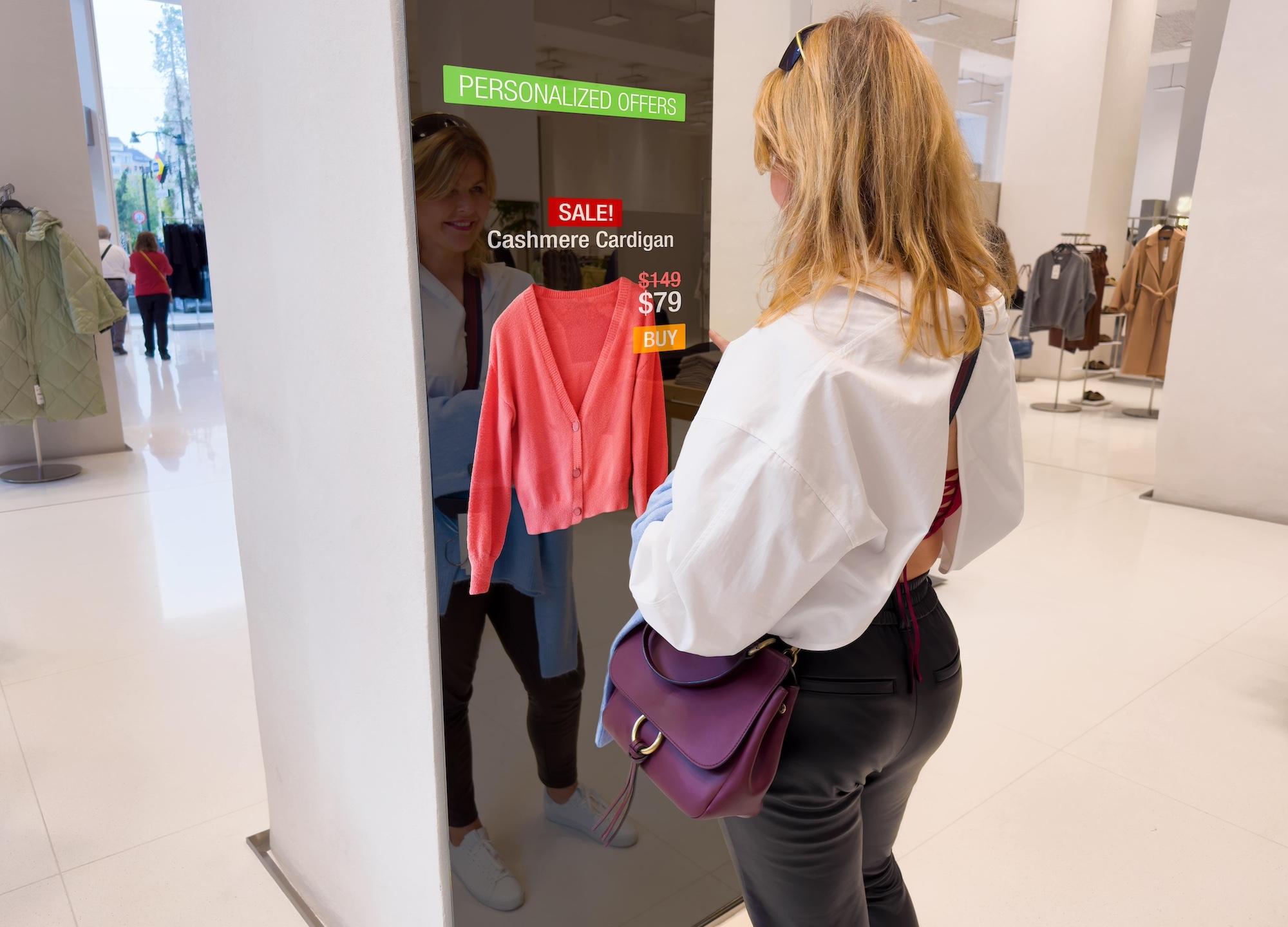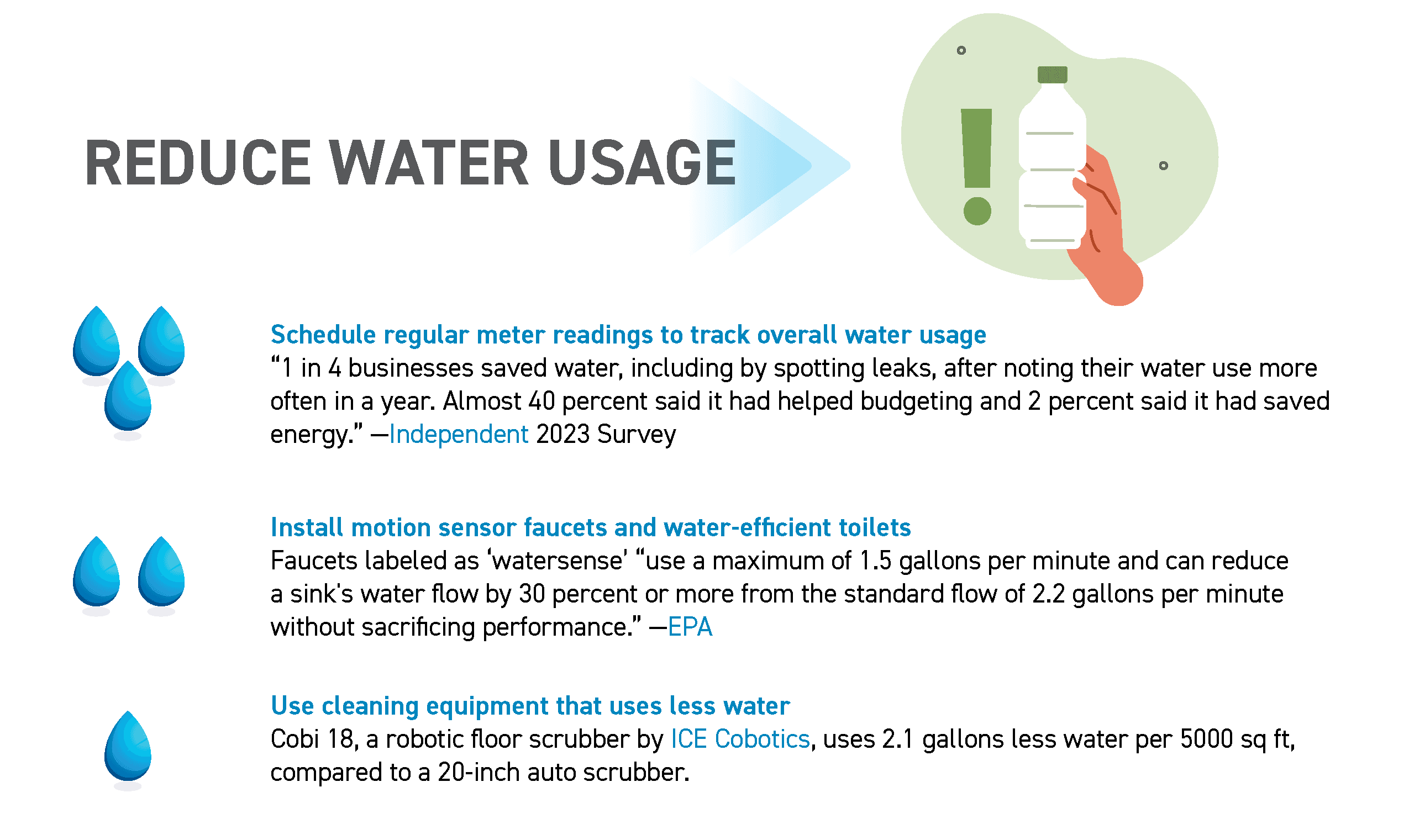January 18, 2024
The Future of Retail: What Retailers Are Doing to Stay Viable


The retail industry continues to undergo significant transformations driven by technological advancements, changing consumer behaviors and employee expectations, and external factors such as the global pandemic.
“Perhaps never before in the history of the industry has every single one of retail’s primary stakeholder groups—customers, suppliers, employees, and investors—dramatically changed their behavior and expectations, all at the same time.” -McKinsey
Relying on traditional methods is no longer sufficient for sustained success, and retailers are faced with the challenge of adapting to stay viable in this rapidly changing landscape. For both online and in-store shopping, creating new and exciting experiences is the key to success.
The following are ways that retailers are focusing on the future of retail and adapting their strategies to remain viable for both omnichannel and in-store customer and employee satisfaction.
While e-commerce sales are holding steady, at around 15% for all retail sales in the U.S., physical stores remain an essential component of the retail experience. To stay relevant, retailers are integrating technology into the in-store experience to create a more immersive and convenient environment.
Perhaps the most common at this stage in the game is mobile point-of-sale systems that allow for faster and more flexible checkouts. In addition, it is not uncommon to see interactive displays and digital signage while shopping at a wide variety of retailers.
One tool, not as common but quickly gaining in popularity, is Smart Mirrors. Smart mirrors (otherwise known as Magic Mirrors) can take measurements of the person standing in front of them and offer outfit options that match their body type and preferences.
These mirrors also offer a 360-degree view of how different clothing items fit and pair with other options, giving the customer a full view of how outfits and accessories look and fit. In the same vein, smart mirrors are also a marketing and upselling tool that can make suggestions for additional items, inform customers about discounts, and share information about the company's newsletter and other related topics.
According to an article on Netguru, “The global smart mirror market grew from $2.82 billion in 2022 to $3.28 billion in 2023 and is expected to reach $5.58 billion in the next four years.”
These innovations provide customers with product information, styling suggestions, and interactive features that make the shopping process less time-consuming and more enjoyable. For retailers, they offer the benefit of additional tools to support store operations and marketing, all the while wowing customers with innovative technology.

To enhance the online shopping experience, retailers are increasingly integrating augmented reality (AR) and virtual reality (VR) technologies. These immersive technologies enable customers to visualize products in a virtual space or even try them on before making a purchase.
The most common example is the AR apps that furniture retailers use that allow customers to see how furniture would look in their homes. In another example, makeup retailers have created apps that allow customers to test makeup colors before purchasing.
Loreal’s Armani Beauty was the first company to add augmented reality to its WeChat application in 2019.
According to CBInsights, “Through AR technology from L’Oréal’s ModiFace, Chinese consumers will now be able to virtually try on lipsticks, eyeshadow, and other products from Armani Beauty’s cosmetics line using their mobile phones, as well as take screenshots, save photos, and share images to social media.” Since then, many cosmetic brands have followed suit.
VR is also being employed to create virtual storefronts or simulate real-world shopping environments, providing an interactive and engaging experience for online shoppers.
In one example, a startup brand called Obsess launched an online shopping mall. “The virtual stores, created in CGI, cater to a variety of sectors including beauty, fitness, travel, wellness, and more. Customers can browse the stores via their mobile phone, view 3D renderings on products, and access AR versions to visualize them in a real-world setting,” according to CBInsights.
These technologies not only work to improve the customer experience but also differentiate brands in a crowded online marketplace.
Employee training and well-being are crucial components of a successful retail strategy. Retailers recognize the importance of well-trained and motivated staff in delivering excellent customer service.
According to a survey published by ChainStoreAge, “91% of respondents said employees with product/service knowledge increase the likelihood of purchase.” This makes training important to employees and the success of the store.
Training programs that focus on product knowledge, customer interaction, and technological skills empower employees to provide a superior shopping experience.
Some retailers are even taking advantage of training programs their vendors offer. ICE Cobotics, a cleaning equipment company specializing in autonomous cleaning solutions, provides its retail clients with access to an Automation Academy, an online training certification program for employees that will run the robotics equipment that ICE Cobotics supplies to retailers.
Retailers that have adopted ICE Cobotics’ Cobi 18, an autonomous floor scrubber, gain access to the virtual training videos and put their employees through the program. Once the employee is done with the program, they are certified as an automation expert for Cobi 18.
This is great for employees looking for new skills and great for retailers looking for ways to upskill their current workforce. This leads to better employee retention and a knowledgeable and skilled employee base.
Moreover, retailers are investing in employee well-being by offering competitive wages, benefits, and opportunities for career advancement. A satisfied and motivated workforce not only enhances customer satisfaction but also contributes to a positive brand image.
Retailers are harnessing the power of data analytics and artificial intelligence to gain insights into customer behavior, preferences, and trends. Advanced analytics tools analyze vast amounts of data to identify patterns, forecast demand, and personalize marketing strategies. AI-driven algorithms help retailers optimize pricing, inventory management, and supply chain logistics, leading to more efficient operations.
Personalization is a key focus for retailers leveraging AI. By understanding individual customer preferences, retailers can tailor marketing messages, recommend products, and create customized shopping experiences. This not only enhances customer satisfaction but also increases the likelihood of repeat business.
Consumer awareness of environmental and social issues has grown significantly, prompting retailers to prioritize sustainability and ethical practices.
Sustainable and eco-friendly product lines are becoming more prevalent, appealing to environmentally conscious consumers. According to Shopify, “50% of consumers globally are choosing to buy from brands with a clear commitment to sustainable retail.”
This has made it important for retailers to stock their shelves with brands that promote sustainable practices to meet the expectations of shoppers.
In addition, retailers are making conscious efforts to source products responsibly, reduce waste, and minimize their environmental footprint. Here is a guide for retailers with tips on how to meet sustainability goals.
Transparency in the supply chain is also a crucial aspect of ethical retailing. Consumers want to know where and how products are made, and retailers are responding by providing detailed information about sourcing, manufacturing processes, and labor practices.
Brands that embrace sustainability and ethical practices not only contribute to positive social and environmental impacts but also build trust and loyalty among consumers.

Social media platforms have become powerful tools for retailers to connect with customers and drive sales. Social commerce, the integration of e-commerce within social media platforms, allows users to discover, share, and purchase products seamlessly. Live streaming, influencer collaborations, and shoppable posts are some of the strategies employed in social commerce.
Social commerce excels in selling items a consumer might not have been looking for, compared to e-commerce where a consumer is typically searching for a specific thing. In this way, it allows brands to introduce new products through their social media platforms.
The benefit is that the product is linked and can be purchased right in the app and does not kick the user out to another platform.
According to Insider Intelligence, “Nearly a quarter (23.1%) of US social buyers are between the ages of 25 and 34, per a September 2023 eMarketer forecast, and more than two-thirds (66.5%) are under 44,” and “Gen Z is more likely than any other generation to purchase a product after watching a review from an influencer they follow.”
The benefit of social commerce is that the product is linked and can be purchased right in the app and does not kick the user out to another platform. For the age demographic that widely engages in social commerce, this is one of the draws.
By meeting consumers where they already spend a significant amount of time, retailers can capitalize on the social media influence and convert online engagement into sales.
Subscription-based models are gaining popularity in the retail industry, offering consumers a convenient and personalized way to access products and services. Retailers across various sectors, from fashion to beauty and food, are introducing subscription services that provide curated selections of products regularly.
Subscription models enhance customer loyalty, as subscribers receive ongoing value and personalized offerings. Retailers benefit from a predictable revenue stream and the ability to tailor product recommendations based on subscriber preferences, fostering a more direct and continuous relationship with customers.
To stay viable, retailers are exploring opportunities for expansion into new markets and collaborations with other brands. This could involve entering international markets, opening pop-up shops, or partnering with complementary brands to create unique and exclusive product lines.
Collaborations between retailers and influencers or other businesses can generate buzz and attract new customers. By strategically aligning with partners, retailers can tap into different demographics, increase brand visibility, and create memorable and limited-edition offerings.
As the retail industry continues to evolve, successful retailers will be those who understand the needs and preferences of today's consumers and are willing to embrace change to meet them. Leveraging technology, focusing on sustainability, and enhancing the customer experience will set retailers up for future success.
ICE Cobotics is the leading technology and cleaning equipment company specializing in autonomous solutions available through an all-inclusive subscription. To find out more about Cobi 18, reach out to our Automation Specialists.
Ready to Explore Automation? Talk to an Automation Expert